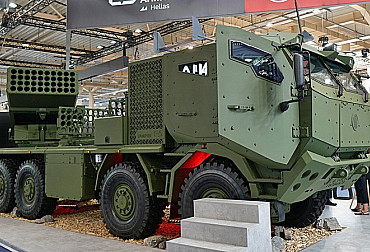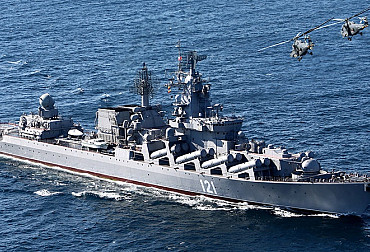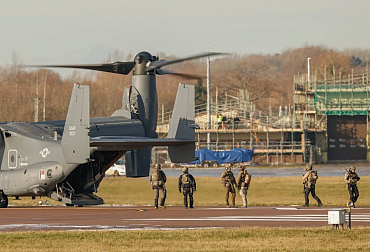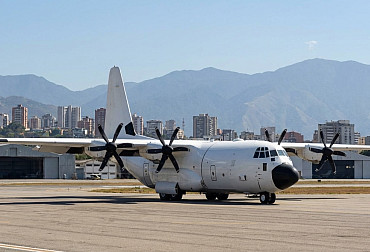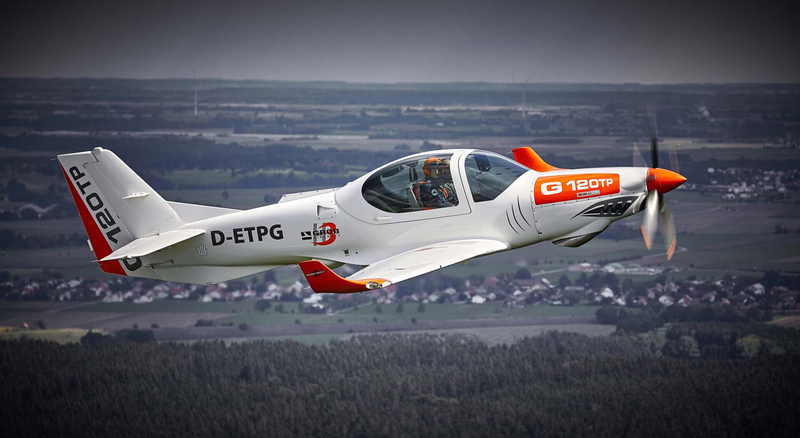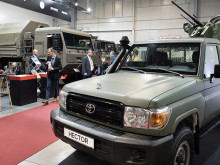Swedish and Italian flight training in the context of the transition to 5th generation aircraft
Among the conferences that took place within the programme of this year's Future Forces Forum, it is worth highlighting the 2nd part of the conference "Future Air Force – New Generation Aircraft", the first part of which took place on 28 April under the auspices of the Commander of the Air Force. The conference consisted of three thematic blocks, two of which took place in the spring, when experts from the Ministry of Defence, representatives of the Joint Air Power Competence Center, USAFE, the Swedish Air Force and representatives of the defence industry discussed the importance of the new generation aircraft for the further development of the Alliance's capabilities. From the topics presented, we select two perspectives – Swedish and Italian – where the two mentioned perspectives overlap to some extent. Both are also related to the aircraft discussed in the context of the rearmament of the Czech Air Force. The F-35, which Italy has, is being discussed, and the Swedish Gripen E is still an alternative option (now somewhat neglected).
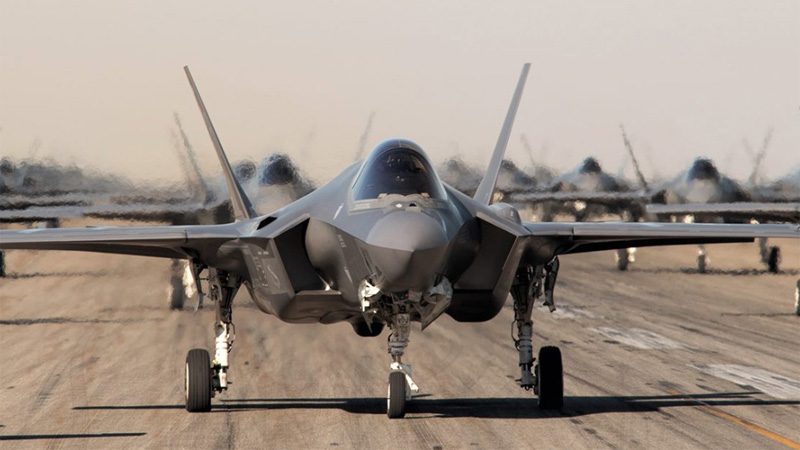 Picture: F-35 Lightning II 5th generation supersonic combat aircraft | Lockheed Martin
Picture: F-35 Lightning II 5th generation supersonic combat aircraft | Lockheed Martin
The programme of the autumn part of the conference included a dozen papers in which experts dealt with the current state of training of pilots of the Czech Armed Forces, projects of the European Defence Agency, training of pilots in modern multi-domain information warfare, the so-called Red Air Services, the use of virtual reality in training pilots of 5th generation aircraft, etc. Swedish Colonel Anders Jönsson and Italian Lieutenant Colonel Giovanni Pasqualucci presented their comprehensive contributions.
Since this year, Colonel Jönsson has been the commander of Blekinge flygflottilj, Fighter Regiment F 17 of the Royal Swedish Air Force, a unit that traces its tradition back to 1944, when it began operations as a naval unit specialising in torpedo attacks and laying naval mines. It received its first jet aircraft in 1954. The unit has been operating as a fighter unit since 2002, when JAS 39 C/D Gripen aircraft joined its armament. In addition to these, the regiment operates Saab 105 trainer aircraft, as well as Super Puma, NH90 and AW109 helicopters.
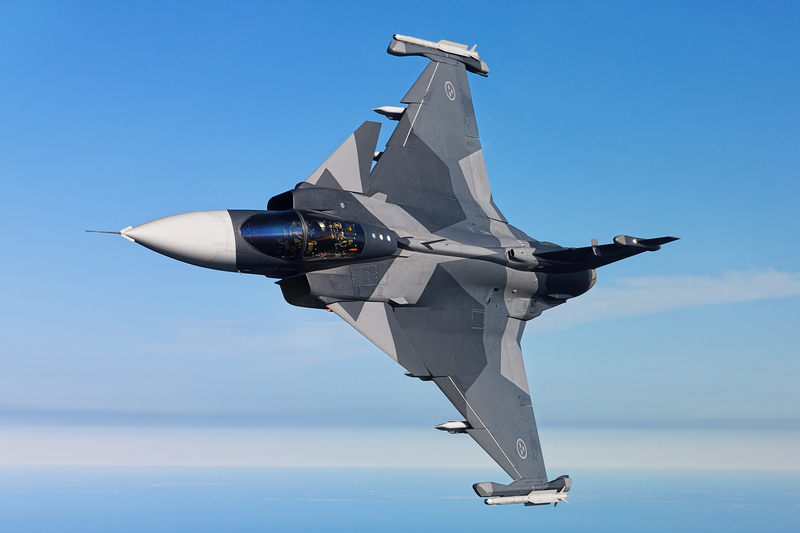 Picture: Swedish Gripen E | Saab
Picture: Swedish Gripen E | Saab
After outlining the environment in which the Swedish Air Force operates, its concept and its capabilities to respond to current threats, Colonel Jönsson addressed the issue of pilot training and the demands that this training places on pilots from the outset. They are expected to develop their decision-making skills in a highly complex combat environment characterised by situations such as jammed sensors, poorly flowing information or combat situations in which pilots face a numerically superior enemy, often in poor weather conditions. If they fight in a situation with a technologically comparable adversary, they must prove tactically 'smarter'.
In his speech, the colonel also mentioned Auftragstaktik, a form of military tactics that emphasises the outcome of the mission rather than specific methods. It is critical to the success of mission-oriented command that subordinate commanders fully understand the intent of their orders, receive proper instructions, and are trained to act independently. Conversely, superior commanders are required not to give more orders to their subordinates than are absolutely necessary and to keep those orders precise, absolutely clear, and very concise. In order to fully meet these requirements, future Swedish Air Force pilots are trained from day one to fully understand their options, to think about them and to be able to evaluate them effectively.
Equally important are the systemic requirements, i.e. the ability to adapt to changing strategic environments and tactical threats, and to adopt new technologies and methods. Also significant is the increased use of simulators, virtual and mixed reality, and LVC simulations (Live - involving real people and real systems; Virtual - involving real people operating simulated systems; Constructive - simulated people using simulated systems) to smooth the transition to 5th generation first-line fighter aircraft and fully exploit the capabilities enabled by their technologies. Training of Swedish military pilots is currently conducted in a combined manner in Sweden (basic training on the SK 40 type, i.e. the Grob G 120TP propeller aircraft) at Malmen base near Linköping. Advanced training and Lead Fighter Training (LIFT) is conducted in Italy at the Galatina base near Lecce in Puglia and Decomomannu in Sardinia.
In connection with the ongoing transition of the Swedish Air Force to the Gripen E type, Colonel Jönsson mentioned in particular the fact that it is not a fundamental change in procedures and the training of pilots and ground personnel is still the same in principle, using the same logistics of operation, and brings minimal operational risks. Jönsson explicitly stated that in the current security situation the Swedish Air Force does not want to make major changes, but rather wants to focus on gradual modernisation, with the C/D versions serving alongside the new Gripen E aircraft over the next decade.
Colonel Jönssen was then replaced at the lectern by Lieutenant Colonel Giovanni Pasqualucci, who presented the developments and challenges facing the Italian Air Force, the International Flight Training School (IFTS) and the new training and logistics concepts and the "Multi Domain Training Lab" initiative.
The International Flight Training School (IFTS) in Italy was founded, managed and operated by Leonardo CAE Advanced Jet Training Srl (a joint venture between Leonardo and CAE). IFTS is currently located at Galatina Air Base (south of Lecce), where it provides comprehensive fighter training for both the Italian Air Force and foreign customers. At the same time, a new training centre facility is being built at Decimomannu Air Base in Sardinia, where IFTS is moving this year. IFTS provides a comprehensive Phase IV training programme for future fighter pilots, based on the Italian Air Force curriculum. The programme includes classroom, simulator and live training using the Leonardo M-346 advanced jet trainer, and ground-based training systems developed by CAE and Leonardo.
The program includes M-346 qualification and Air-to-Air training, Air-to-Ground, emergency training, and optional elements such as advanced Air-to-Air training, night vision flying, in-flight refueling, and Air-to-Ground on the range. Each of these elements follows the Italian Air Force curriculum, with each option being evaluated. The partner countries then select the modules according to operational requirements and budget profiles. The complete LIFT course uses a balanced ratio of simulator training hours to live flying hours, which complement each other.
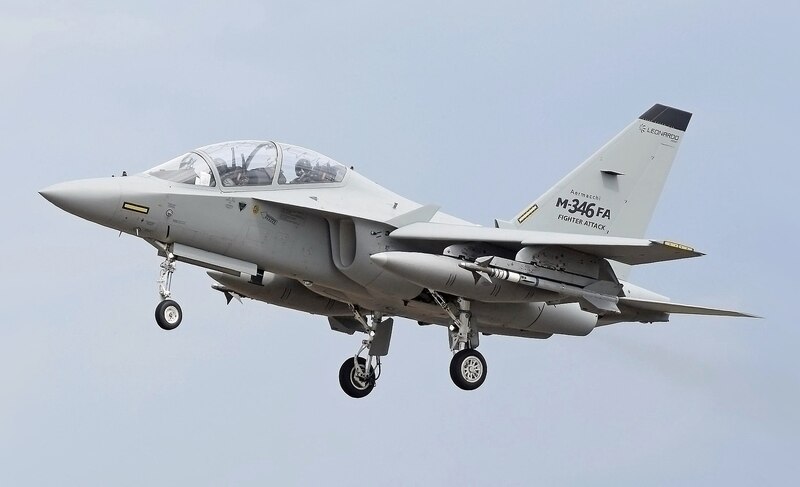 Picture: Leonardo M-346 jet trainer | Adrian Pingstone
Picture: Leonardo M-346 jet trainer | Adrian Pingstone
The overall goal of IFTS is to train pilots for the next generation of aircraft, with significant savings in time and money. There are also plans to extend the school's services to earlier phases of pilot training in the future. The training concept works with computer-based training, simulator-based training, full mission simulator training, and finally in the Embedded Tactical Training System, an embedded tactical training system using the capabilities and capabilities of the M-346 aircraft and its technology.
The modern concept of pilot training is not limited to aircraft, but also includes a range of ground-based training and learning systems (GBTLS). At the heart of the training system is the aforementioned M-346 jet aircraft optimised for advanced military pilot training, which offers a wide range of training capabilities and is in service with the air forces of Italy, Singapore, Israel and Poland. The school currently operates 22 M-346 aircraft, has two full mission simulators and a total of about 40 instructors (from different countries) conduct more than 70 courses per year, during which 8,000 flight hours are flown.
As can be seen from the above, the capabilities and experience of the Swedish and Italian Air Forces in pilot training are undoubtedly inspiring in the Czech environment as well. Thanks to the CLV (Centre for Flight Training) in Pardubice, which retains the ability to train its own pilots, the Czech Republic also has the capacity to offer future pilots of foreign air forces, using modern simulation technologies. Thus, in the context of the planned rearmament of the Air Force with 5th generation jets, the experience of countries where this process has already been initiated is very important.











